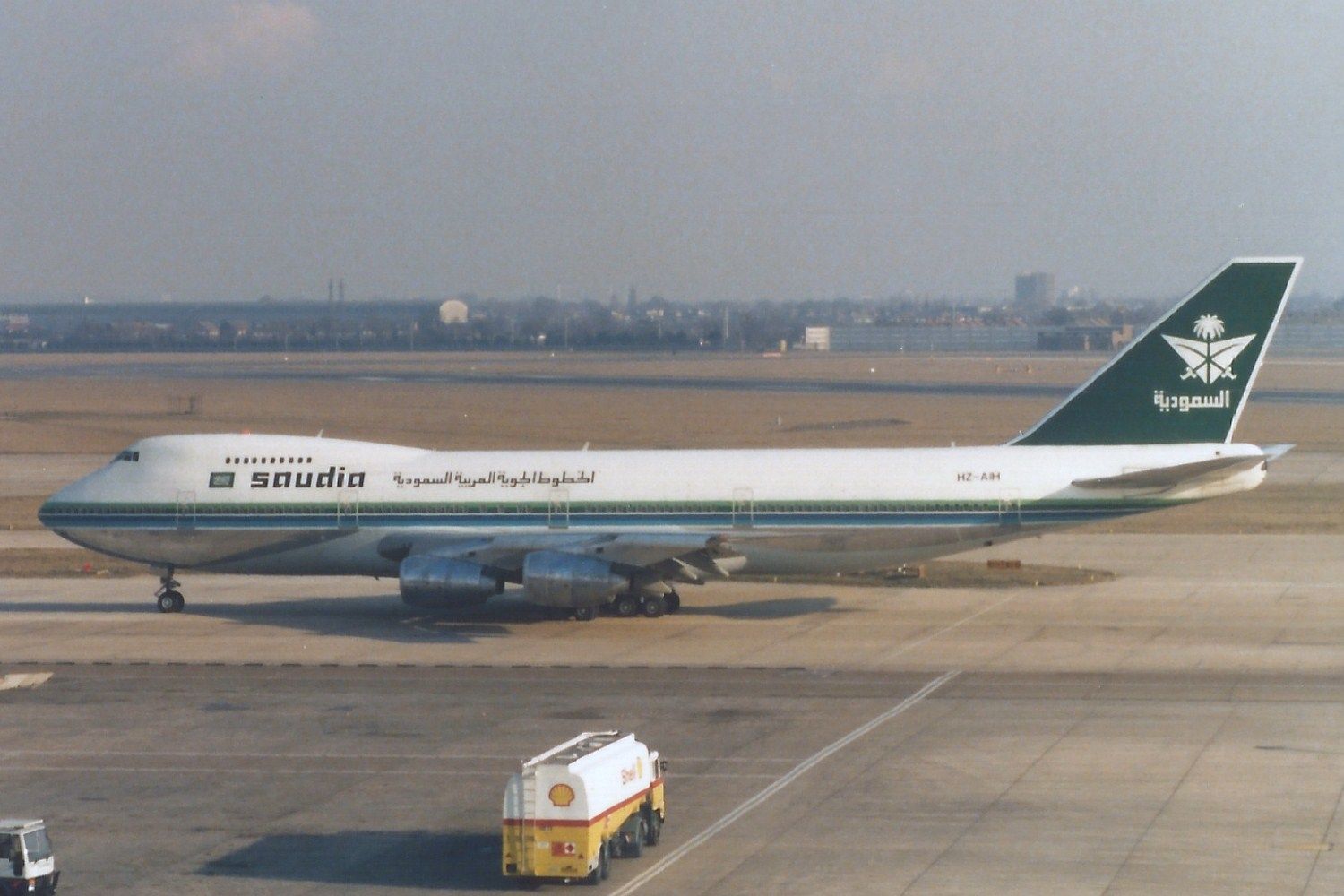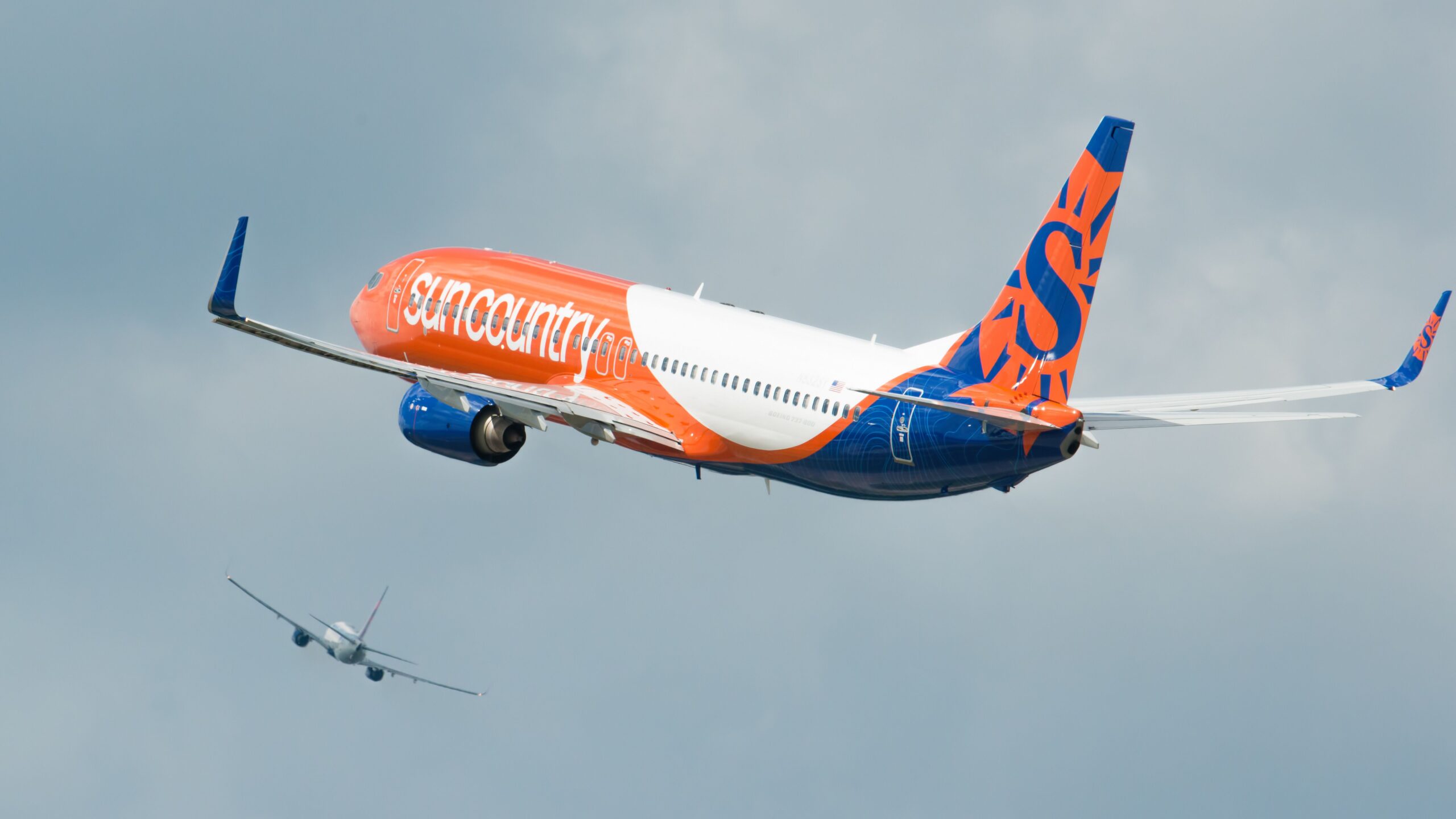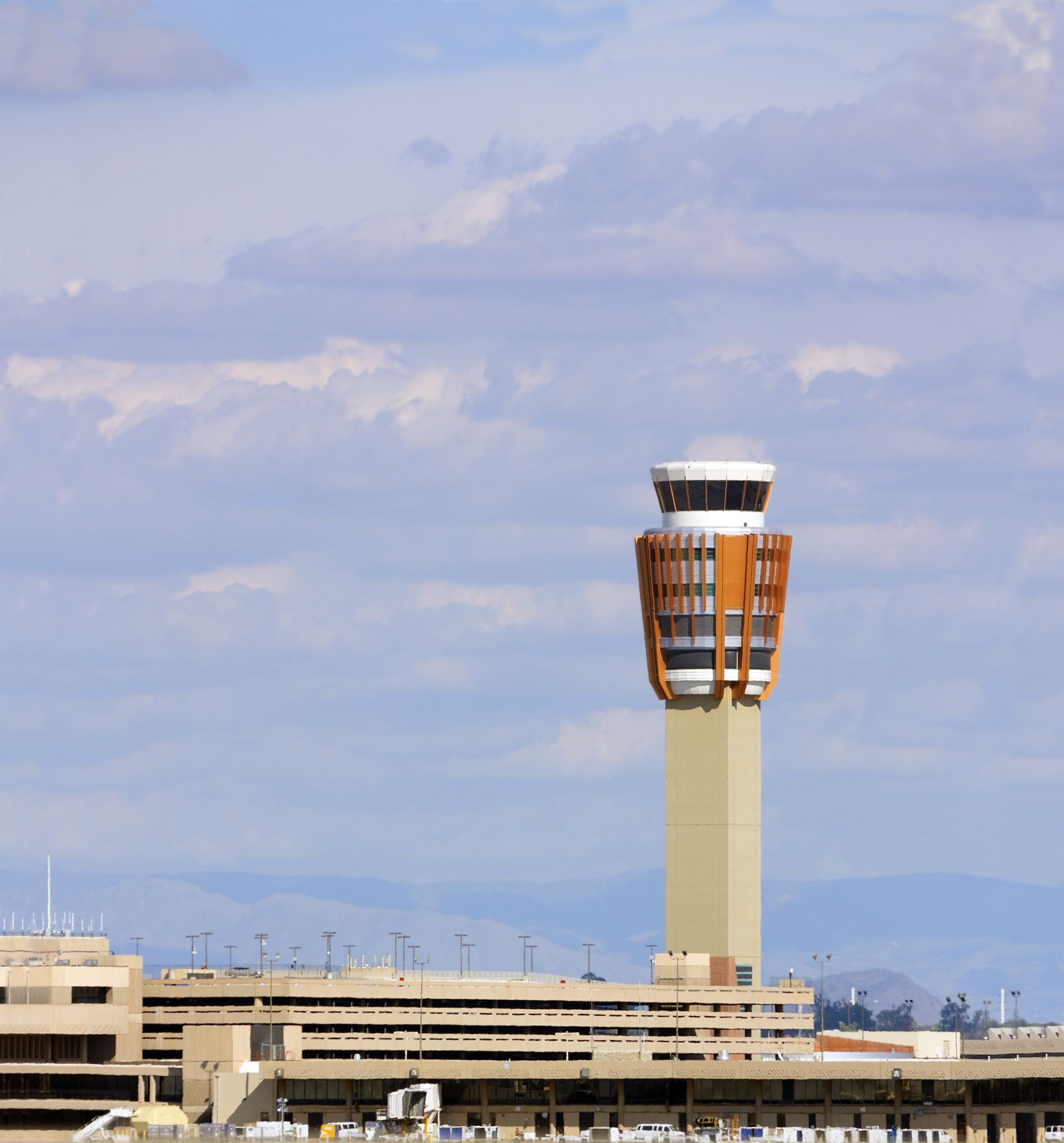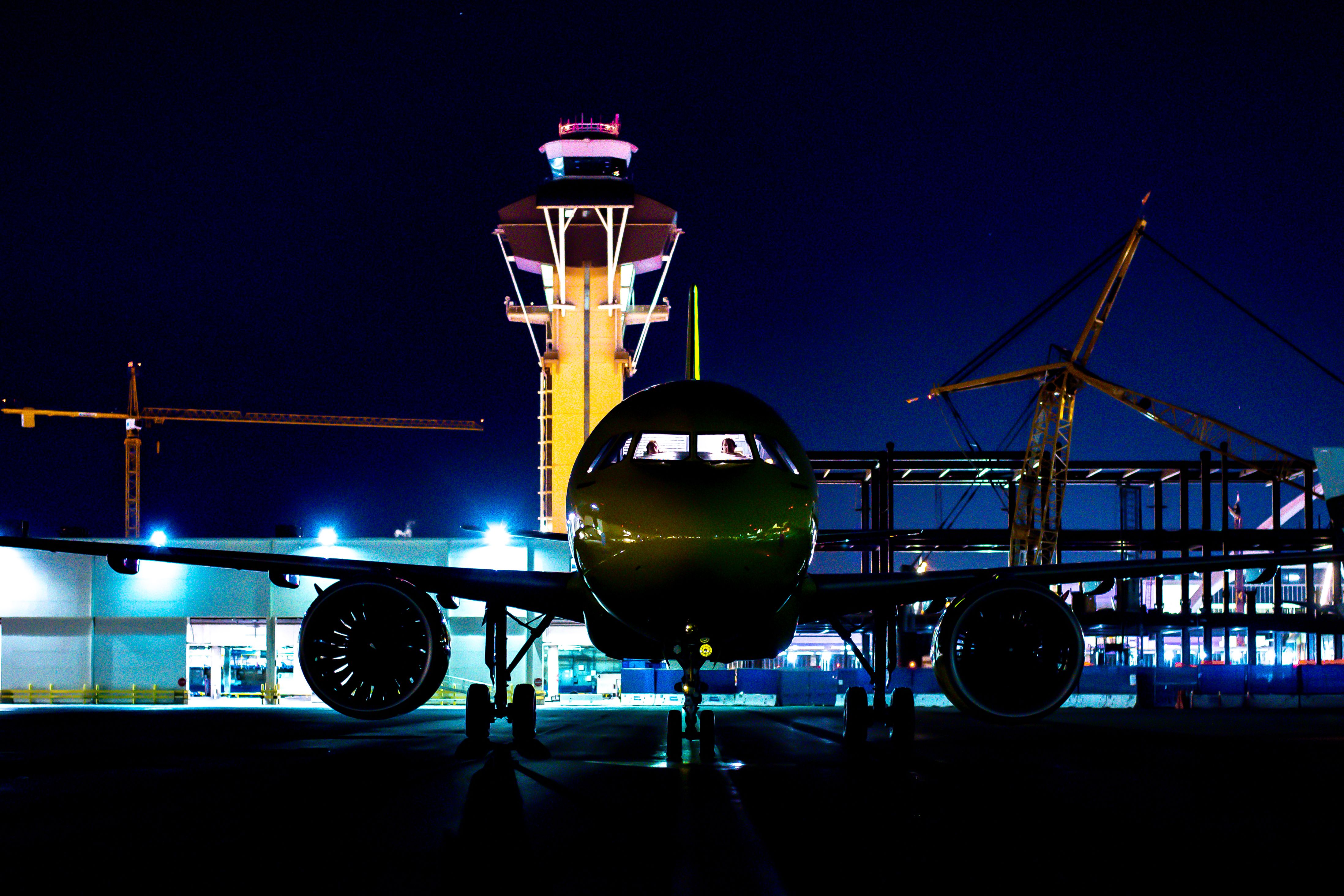Summary
- Sun Country Flight 428 had a close call due to unauthorized turn.
- Pilot deviations are uncommon, but serious consequences can follow.
- ATC manages spacing between flights to prevent collisions.
On July 7th, 2024, Sun Country Airlines Flight 428 got dangerously close to another passenger jet after making a turn that air traffic control (ATC) did not authorize. While the pilot deviation did not result in any
The pilot deviation resulted in the crew getting a number from ATC to call, which usually connected to the supervisor of that particular ATC sector. The aviation channel VAS Aviation covered the incident, featuring the ATC transmissions from Live ATC.
Pilot deviation
Sun Country Airlines Flight 428 operates nonstop from Los Angeles International Airport (LAX) to Minneapolis-Saint Paul International Airport (MSP). The aircraft used on the route is a Boeing 737-800 with 183 seats onboard. On this particular day, the aircraft departed from LAX’s runway 24R.
The takeoff procedure on the chart outlines that aircraft departing the runway should climb on a heading of 251 degrees to 640 ft and then climb to cross the fix FABRA at or below 3000 while maintaining 251 or a heading assigned by ATC. It also tells pilots to expect a left turn to cross the KLIPR fix at or above 10,000 ft.
The word ‘expect’ is key because it lets pilots know what comes next. However, the procedure is up to ATC, who will authorize the turn. The published departure does not ask pilots to turn left.
The flight crew aboard Flight 428 mistook these instructions and began the turn without prior authorization. The premature turn resulted in Flight 428 coming into close proximity with Air Canada Flight 776, which departed at the same time as Flight 428 from runway 25R. This flight utilizes a Boeing 737 MAX 8 aircraft, with 169 seats.
The LAX tower controller quickly identified the proximity of the two aircraft and vectored both away from each other. The controller can be heard saying:
“Sun Country 428, stop your turn immediately. Traffic alert, 11 o’clock in a mile, southwest bound, 2,700, turn right eastbound, correction, westbound, immediately.”
As a result, the Sun Country Flight had to deviate from the standard procedure while ATC managed the spacing between traffic. Afterward, the controller assigned the Sun Country crew a number to call regarding their pilot’s deviation. This is called a Brasher warning, akin to the Miranda warning, and is legalese to inform the pilot about a possible violation.
Simple Flying has contacted Sun Country about the incident and is awaiting a statement.
Pilot deviations
Pilot deviations are uncommon. But, some are more dangerous than others. In this case, if the path of the two planes weren’t corrected and they happened to collide, the loss of life would’ve been enormous. However, there are multiple systems aboard aircraft pilots of impending collisions, such as the Airborne Collision Avoidance System (ACAS). So, the actual chances of a mid-air collision are minimal.
Photo: You Touch Pix of EuToch | Shutterstock
ATC creates a Mandatory Occurrence Report (MOR) when a deviation occurs. Depending on the deviation, an investigation might be needed, which can lead to compliance action, administrative action, or legal action.
Compliance actions are the most common for inadvertent deviations and often result in re-training or a 709 check ride, which is a re-examination of the pilot and their skills. Administrative actions include a warning notice and a letter of correction that outlines the required corrective action the pilot has to take. Legal enforcement only occurs with gross negligence or willful misconduct and can result in harsher penalties, such as the revocation of the license.

Related
28 Years Ago: The World’s Deadliest Mid-Air Collision
How a failure by one pilot caused a deadly mid-air collision over India.



